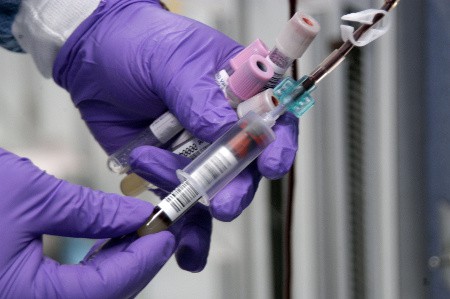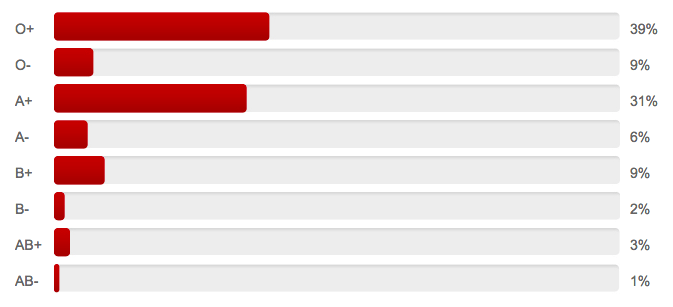What does your blood group say about you?
July 19, 2015
A first attempt at finding what is blood, on the internet, gave me the following,
the red liquid that circulates in the arteries and veins of humans and other vertebrate animals, carrying oxygen to and carbon dioxide from the tissues of the body.
In layman terms, blood is the red fluid that flows in our body. One of its functions is to carry nutrients to the various parts of the body. We could say it’s like our body’s transport system that carry the food needed to keep all parts of the body alive. Without a blood circulation in the body, we’re dead.Can the blood tell you how well or bad your body is functioning? Yes. Personally, I didn’t know how much the human blood could reveal until I had a blood test done. When the report was handed to me it appeared like “greek”. I needed to translate that. Luckily, other good fellows on the internet have written about each of the elements that are reported.
 The report speaks of Haemoglobin, RBC Count, Haematocrit, LDL/HDL, CHD, CRP etc. Going through various articles that speak on each of those test results was very helpful. The results include a range of normal values and one may compare to see if the value if above or below that range. Having a result outside the range is indicative of some deficiency. While digging for information about my results, I could understand I have a deficiency in Iron and Zinc.
The report speaks of Haemoglobin, RBC Count, Haematocrit, LDL/HDL, CHD, CRP etc. Going through various articles that speak on each of those test results was very helpful. The results include a range of normal values and one may compare to see if the value if above or below that range. Having a result outside the range is indicative of some deficiency. While digging for information about my results, I could understand I have a deficiency in Iron and Zinc.
A blood test can give the cholesterol level in a person’s body and indicate whether the person risk a heart disease.
During my quest for knowing more about the blood test report, I also learned there are four categories of blood groups; namely A, B, AB and O. People with O+ blood group make up the majority while AB- are the rarest of the kind.
 Approximate distribution of blood group type in the US population
Approximate distribution of blood group type in the US population
What more can the blood group say about you?
I thought the blood would reveal only about our physical health. However, my search lead me to interesting articles that say blood groups can also give personality traits. That seems to be prevalent in the Japanese and east asian cultures.Image source, royalty-free photo from pexels.com.